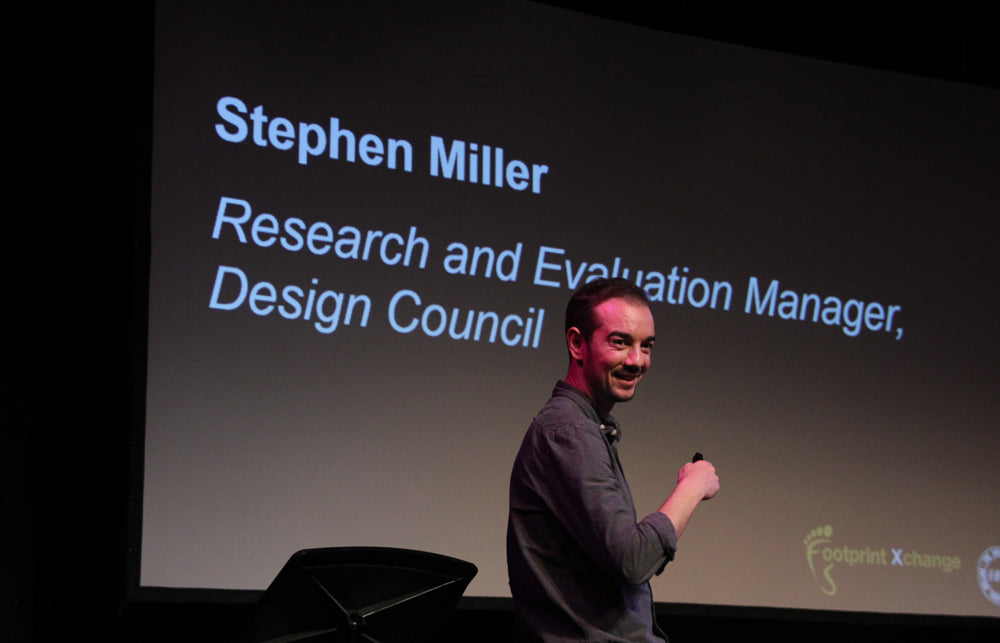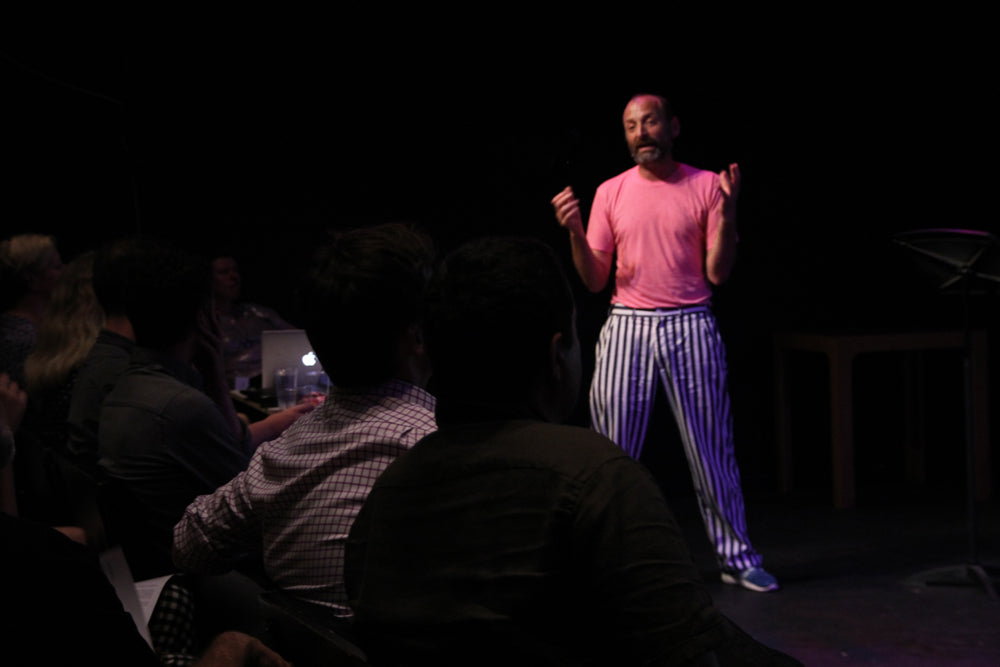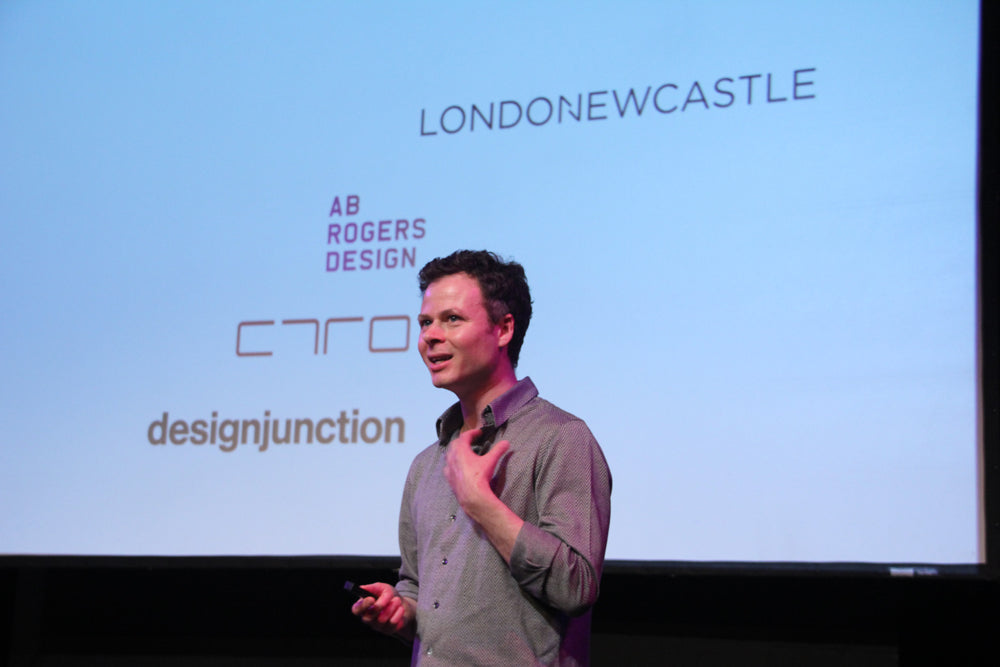The Value of Design: Left Brain, Right Brain
by Jim Rokos June 07, 2017
Xchange is series of events curated by Footprint, exploring the future of design.
How can the value of design be measured?
Through 2017 Footprint Xchange is exploring and debating this question in a series of events. Speakers are from a range of disciplines, including advertising, theatre, immersive technology, retail and branding.
This session, on a sweltering June evening at the Lyric Theatre, Stephen Miller of the Design Council kicked off, explaining, “Left brain thinkers tend to be logical and analytical, compared with right brain thinkers who use their imagination to inspire their creativity."
Stephen Miller of the Design Council
Stephen continues, "With Design as one of the fastest growing sectors in the UK, we need to ensure that the design process is properly recognised. Although creativity and imagination drive design, its intrinsic value is often lost in a ‘Left Brain Economy’. Like ‘dark matter’, design, and the processes that support it can be invisible, but we know it’s there.
Whilst many creative professions are currently not accurately categorised or fully understood by wider society, it is predicted that by 2020 businesses will be looking for employees who show three main skill characteristics, these being: Problem Solving, Critical Thinking and Creativity - fundamental components of the creative professions we all work within. Society will look to designers and the creative industry as a whole to develop this sought after skill-set."
Next up, Pippa Nissen, Founder and Director of Nissen Richards Studio who specialise in narrative spaces that include exhibitions for the V&A and the British Museum. The studio is made up of 22 designers with a particular focus on creating immersive experiences. 
Pippa Nissen, Nissen Richards Studio
“Museums can be like a theatre piece", explained Pippa. "Sometimes difficult topics and hard facts can be described with visual journeys to help people make connections and create memorable experiences."
International Architect and Interior Designer Ab Rogers, of Ab Rogers Design, discussed the idea of ‘playing with time’. Ab Rogers talks about the work of his studio
Ab Rogers talks about the work of his studio
In the context of visitor experience, exhibitions and museums traditionally dictate their narratives to be linear (in the form of timeline or carefully stepped story, supported by the curated subject matter). His unique design process turned the linear idea of ‘time’ upside down as he took us on an immersive, disruptive, and truly unique journey of 'A Day in the Life of Ernisto Bones', which was exhibited at the Stanley Picker Gallery, London.
Speakers Jim Rokos and Ab Rogers, co-founders of Dyslexic Design spoke about how Dyslexia brings unique gifts to the design processes. Product Designer Jim Rokos presented these methods to the audience through the objects of the exhibition, demonstrating Lateral Thinking, Visual Thinking, 3D Thinking and ‘From the Top Thinking’.
Jim Rokos describes the positive attributes of dyslexia
Jim invited non-dyslexic members of the audience to watch out for these techniques in the works and encouraged them to adopt these methods and to make these skills of their own.
Fiona Watt (Honorary Secretary of the The Society of British Theatre Designers) facilitated a wider discussion with the audience, debating the 'Value of Design'.

The panel: Stephen Miller from the Design Council, Ab Rogers - Environment designer, Fiona Watt - Honorary Secretary for the Society of British Theatre Designers, Pippa Nissen - architect and director of Nissen Richards Studio & Jim Rokos
Perspectives were exchanged on the role and challenges of education, in providing an adequate foundation for ‘left’ and ‘right brain’ thinkers and also went some way to dissecting the culture and challenges of unpaid pitching for projects, for which it was universally agreed that value and cost do not always align.
We are grateful to Footprint for a wonderful evening.






Jim Rokos
Author
Industrial designer.